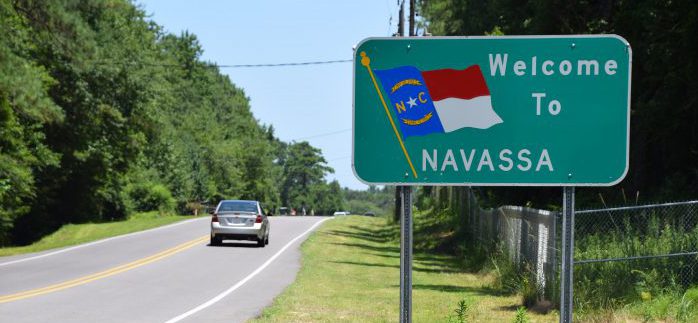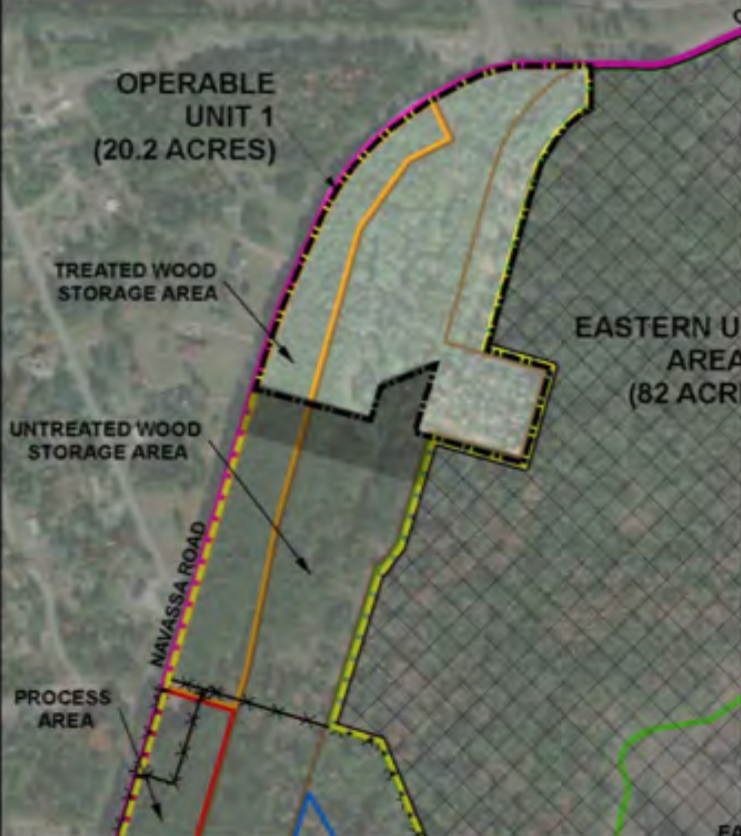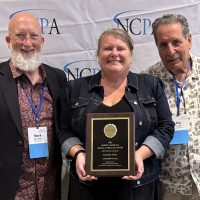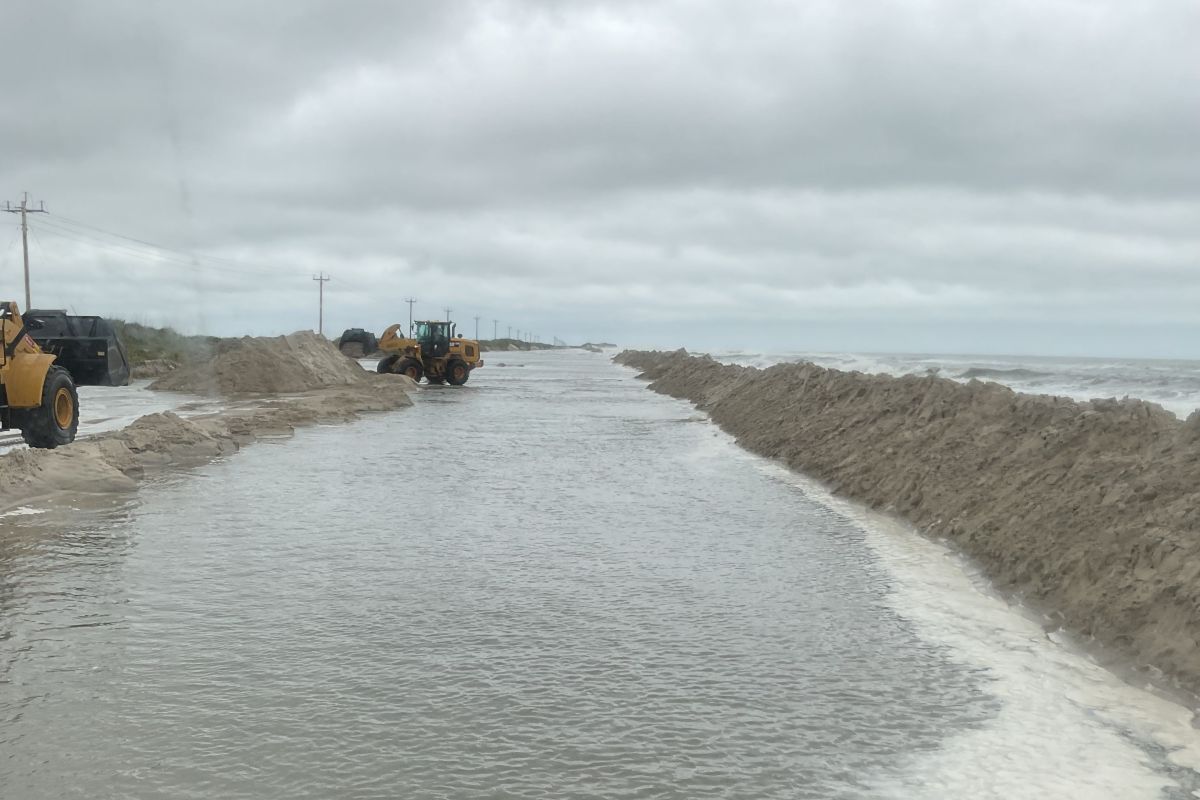
The Environmental Protection Agency will roll out a new plan next month that allows homes to be built on a portion of land within a federal Superfund site in Navassa.
An update of the proposed plan for “operable unit 1,” or OU1, will include nearly two dozen acres of unrestricted residential land use on the former wood-treatment site.
Supporter Spotlight
In the first of two virtual meetings the EPA hosted Tuesday, Erik Spalvins, the EPA’s remedial project manager for the former Kerr-McGee Chemical Corp. site, said during a presentation the updated unit will include 20.2 acres.
That’s a slightly smaller footprint than what was identified in the EPA’s initial proposed plan, which was released in October 2019.
Navassa officials as well as town residents rejected that plan because it excluded the property from potentially being set aside for residential use.

Last March, the town sent a letter to the EPA officially requesting that the agency change the anticipated use of operable unit 1 to include housing, kicking off what was to be a new round of soil sampling in the unit.
This was around the same time the coronavirus pandemic emerged, forcing national shutdowns of everything from federal and state agencies to schools and private businesses.
Supporter Spotlight
“We were in the process of developing a sampling plan when COVID-19 restrictions were put in place and we were not able to do that sampling until August 2020,” Spalvins said.
Federal as well as state officials with the state Department of Environmental Quality sampled a quarter of each acre for contamination of creosote, a gummy, tar-like substance used to treat and preserve logs.
Creosote has been found in the groundwater, soil and sediment on portions of the more than 200-acre site, where a wood-treatment plant was operated under various companies between 1936 and 1974.
The property was added to the National Priorities List of federal Superfund sites in 2010.
Operable unit 1 is where treated and untreated logs were stored.
The first proposed plan for the unit included 21.6 acres to be used for commercial industrial use.
The 20.2 acres identified under the new proposed plan is free from contamination and will therefore not require any institutional controls.
It is unclear what types of housing, whether single-family homes, condominiums, apartments, or a combination of those, may be built on the land.
The overall site has been broken into five operable units.
Operable unit 2, just south of OU1, includes a little more than 80 acres of land free of contamination and is not part of the Superfund site.
The Multistate Environmental Response Trust, which is court appointed to own the Superfund site and take responsibility for managing the remediation of the property, is working with Navassa to designate some of the land within operable unit 2 as the new site of a proposed cultural heritage center. The EPA, in consultation with DEQ, oversees the Multistate Trust.
The proposed Moze Heritage Center and Nature Park would be the first cultural heritage center in the state dedicated to preserving the stories of slaves who worked the rice plantations along river banks in southeastern North Carolina.
Richard Elliott, project manager for the Multistate Trust, said Tuesday he hopes a proposed plan for operable unit 2 will be released sometime next year.
Other operable units include an area known as the southern marsh, where contamination has been detected, the former pond and processing area where a majority of the creosote processing took place, and an area where a contaminated groundwater plume is being monitored.
Elliott added that additional monitoring wells will be drilled on the property to determine how deep the contaminated plume, which is moving predominately south and southeast, runs.
Officials are monitoring the site through more than 50 wells.
Spalvins said he hopes to issue the updated proposed plan for operable unit 1 this month with a 30-day public comment period on the plan opening in January.
The EPA intends to hold a public meeting during that time. Officials are hashing out plans on how to best hold that meeting to comply with current pandemic mandates.
The next quarterly meeting is tentatively scheduled for March 23.







